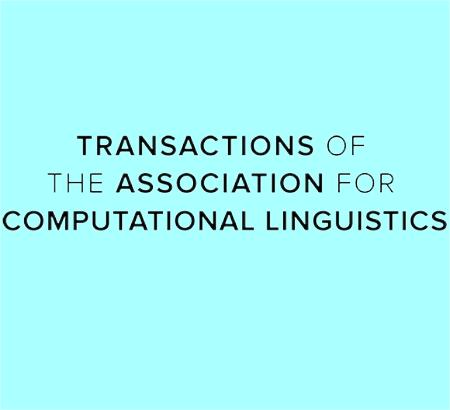释放序列到序列模型的真正潜力,用于序列标记和结构解析
IF 4.2
1区 计算机科学
Q2 COMPUTER SCIENCE, ARTIFICIAL INTELLIGENCE
Transactions of the Association for Computational Linguistics
Pub Date : 2023-02-05
DOI:10.1162/tacl_a_00557
引用次数: 0
摘要
序列到序列(S2S)模型在各种文本生成任务中取得了显著的成功。然而,使用S2S模型学习复杂结构仍然具有挑战性,因为通常需要补充外部神经模块和额外的词汇来预测非文本输出。我们对S2S建模进行了系统的研究,使用包含解码的四个核心任务:词性标记、命名实体识别、选区和依赖关系解析,以开发不需要额外参数的高效开发方法。特别地,设计并评估了3种词法不同的线性化模式和相应的约束解码方法。实验表明,虽然词汇化程度越高的模式产生的输出序列越长,需要更多的训练,但它们的序列更接近自然语言,因此更容易学习。此外,使用我们的约束解码的S2S模型优于使用外部资源的其他S2S方法。我们最好的模型在所有4个任务上的表现都优于或与最先进的模型相当,这为S2S模型生成非顺序结构带来了希望。本文章由计算机程序翻译,如有差异,请以英文原文为准。
Unleashing the True Potential of Sequence-to-Sequence Models for Sequence Tagging and Structure Parsing
Sequence-to-Sequence (S2S) models have achieved remarkable success on various text generation tasks. However, learning complex structures with S2S models remains challenging as external neural modules and additional lexicons are often supplemented to predict non-textual outputs. We present a systematic study of S2S modeling using contained decoding on four core tasks: part-of-speech tagging, named entity recognition, constituency, and dependency parsing, to develop efficient exploitation methods costing zero extra parameters. In particular, 3 lexically diverse linearization schemas and corresponding constrained decoding methods are designed and evaluated. Experiments show that although more lexicalized schemas yield longer output sequences that require heavier training, their sequences being closer to natural language makes them easier to learn. Moreover, S2S models using our constrained decoding outperform other S2S approaches using external resources. Our best models perform better than or comparably to the state-of-the-art for all 4 tasks, lighting a promise for S2S models to generate non-sequential structures.
求助全文
通过发布文献求助,成功后即可免费获取论文全文。
去求助
来源期刊
CiteScore
32.60
自引率
4.60%
发文量
58
审稿时长
8 weeks
期刊介绍:
The highly regarded quarterly journal Computational Linguistics has a companion journal called Transactions of the Association for Computational Linguistics. This open access journal publishes articles in all areas of natural language processing and is an important resource for academic and industry computational linguists, natural language processing experts, artificial intelligence and machine learning investigators, cognitive scientists, speech specialists, as well as linguists and philosophers. The journal disseminates work of vital relevance to these professionals on an annual basis.

 求助内容:
求助内容: 应助结果提醒方式:
应助结果提醒方式:


